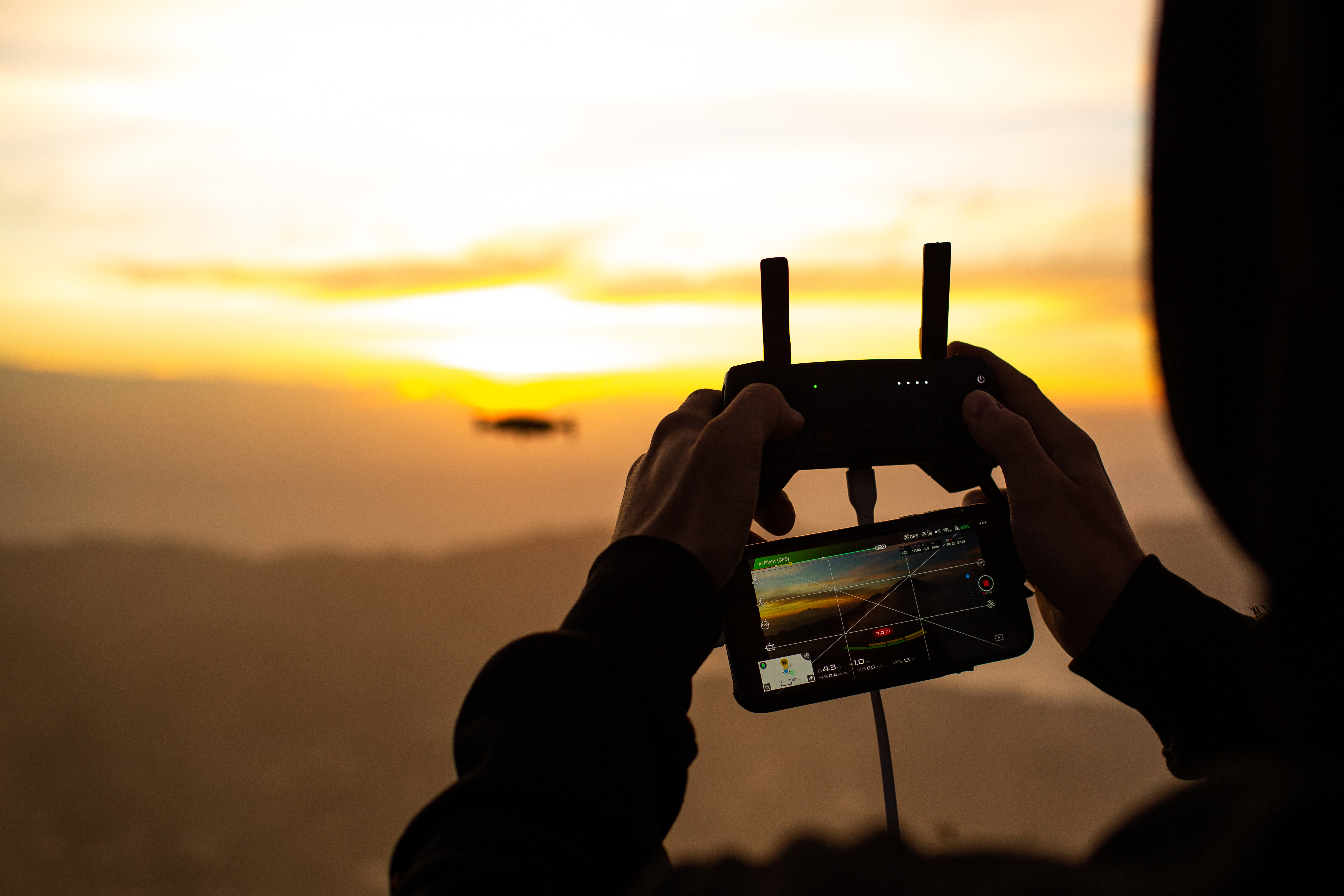Using Drones to Monitor Traffic and Reduce Congestion
As urban populations grow and road networks become increasingly congested, cities are searching for innovative solutions to manage traffic more efficiently. One emerging technology that is revolutionizing traffic monitoring is the use of drones. Equipped with high-resolution cameras and real-time data transmission capabilities, drones offer a unique aerial perspective to analyze and mitigate congestion problems. But how exactly do they work, and what benefits do they bring to modern transportation systems? Let’s explore.
How Drones Are Used for Traffic Monitoring
Drones are being integrated into traffic management strategies in several ways. One of their primary functions is real-time traffic surveillance. AI-powered cameras mounted on drones monitor traffic flow, identifying bottlenecks and accidents as they happen. This allows authorities to react quickly and implement necessary changes to reduce congestion. Another essential use is accident detection and response. Drones can be deployed immediately after an accident to assess the scene and provide emergency responders with critical information, helping them determine the best approach for rescue and clearance. Additionally, drones play a crucial role in monitoring construction zones. City planners and engineers can use drones to oversee roadwork projects, ensuring that they adhere to schedules and cause minimal disruption to daily traffic. Smart traffic signal optimization is another area where drones excel. By analyzing traffic patterns in real-time, drones can assist in adjusting traffic light timings to alleviate congestion. During large events or peak travel times, drones can be deployed to monitor and manage crowd movements and traffic patterns efficiently, helping to keep roads clear and functional.
Benefits of Drone Traffic Monitoring
The benefits of using drones in traffic management are numerous. One of the most significant advantages is faster data collection. Unlike traditional traffic cameras and sensors, drones can move freely and capture real-time, dynamic data over large areas, providing a more comprehensive view of traffic conditions. Drones also offer a cost-effective solution compared to the installation of extensive stationary traffic cameras or sensors, reducing infrastructure expenses while maintaining efficiency. Another crucial benefit is improved emergency response. By rapidly assessing accident scenes, drones enable emergency services to deploy the appropriate resources efficiently, reducing delays and potential fatalities. From an environmental perspective, optimizing traffic flow with drone monitoring leads to lower fuel consumption and decreased emissions, contributing to sustainability. Furthermore, the data collected by drones is invaluable for urban planning. City officials can use drone insights to design better road networks, improve intersections, and develop more effective traffic management strategies.
Challenges and Limitations
Despite their advantages, using drones for traffic monitoring comes with several challenges. Regulatory restrictions on airspace and privacy concerns may limit drone deployment in specific areas, making it essential to comply with local laws and regulations. Weather conditions such as rain, wind, and fog can significantly impact drone performance, reducing their effectiveness in certain situations. Battery life constraints pose another limitation, as most commercial drones have limited flight durations, requiring frequent recharging or battery swaps, which can disrupt continuous monitoring. Additionally, managing and analyzing large volumes of real-time traffic data requires advanced AI and cloud storage solutions, adding complexity to the integration of drone technology into existing traffic management systems.
Future of Drone-Based Traffic Monitoring
As technology advances, drones will play an even greater role in traffic management. The future of drone-based traffic monitoring may include autonomous drones capable of operating without human intervention, allowing for continuous monitoring and immediate response to traffic conditions. Integration with smart city infrastructure is also on the horizon, where drones work alongside IoT-enabled traffic sensors and autonomous vehicles to create an interconnected and highly efficient transportation system. Another significant advancement is the implementation of 5G-enabled drones, which will provide faster and more reliable data transmission for real-time traffic analytics, further improving decision-making and congestion management.
.png)






Leave a Comment
Your email address will not be published. Required fields are marked *